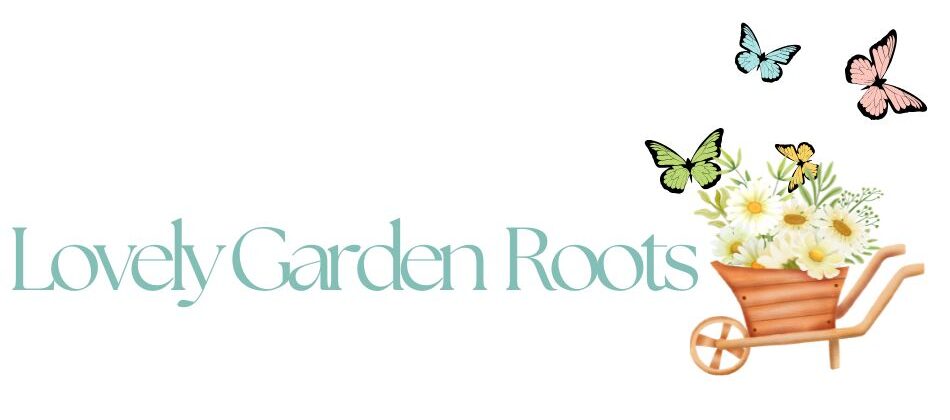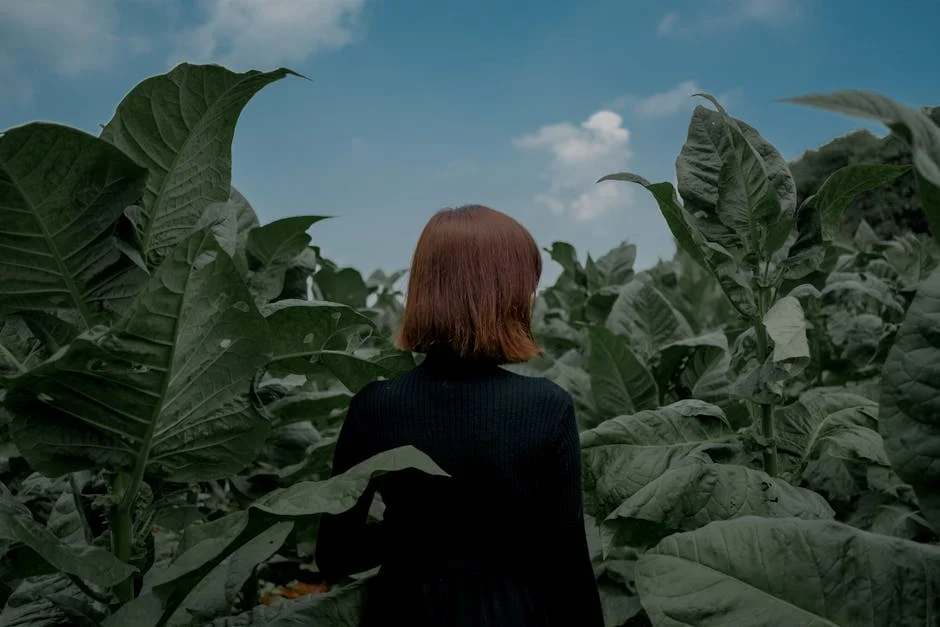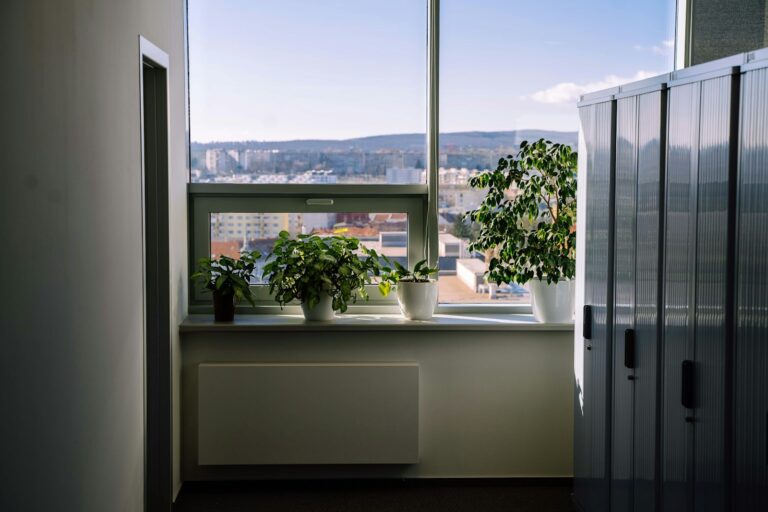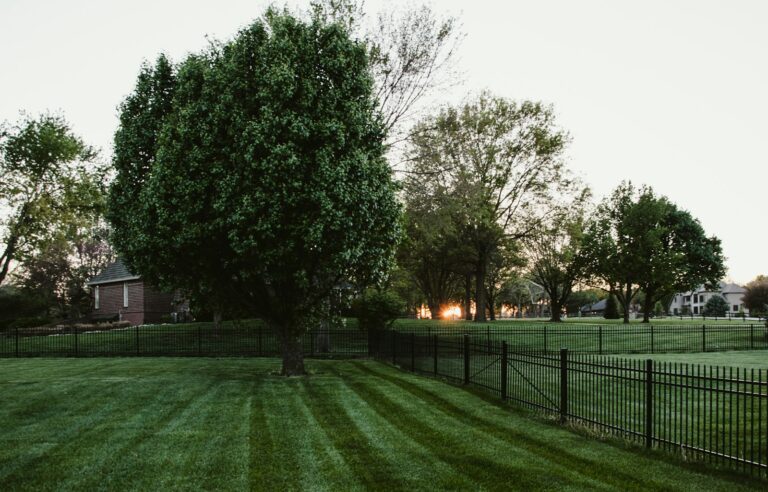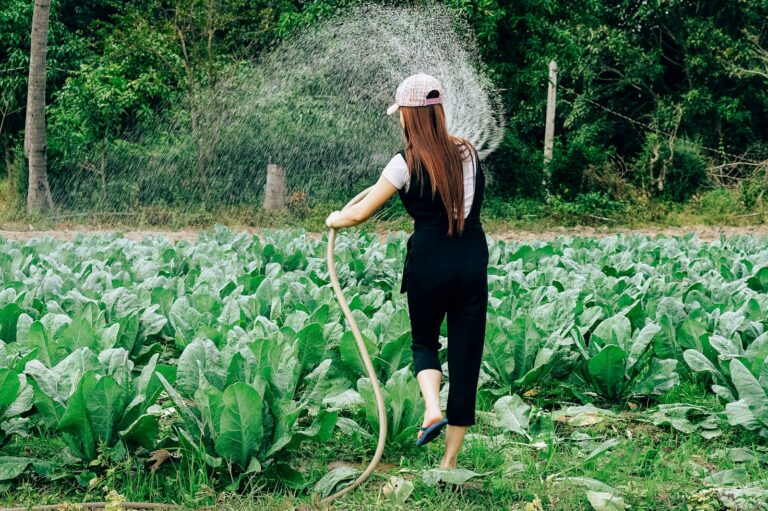How to Troubleshoot Common Plant Problems Indoors and Out for Healthy, Happy Gardens
If your plants are looking droopy, spotted, or just not thriving, it’s usually a sign that something is off in their care or environment. The best way to fix common plant problems, whether indoors or outdoors, is to identify the underlying issues like watering habits, pests, or light conditions, and adjust accordingly. Understanding these basics can save your green friends from unnecessary stress and keep them healthy.
You don’t have to be an expert to start diagnosing plant problems. Simple checks like feeling the soil moisture, inspecting leaves for pests, or noting changes in light can tell you a lot. With a little attention and care, you can solve most problems before they become serious.
Knowing what to look for helps you act quickly and confidently. This will keep your plants growing strong and add beauty to your space without hassle or guesswork.
Identifying Plant Problems Indoors and Outdoors
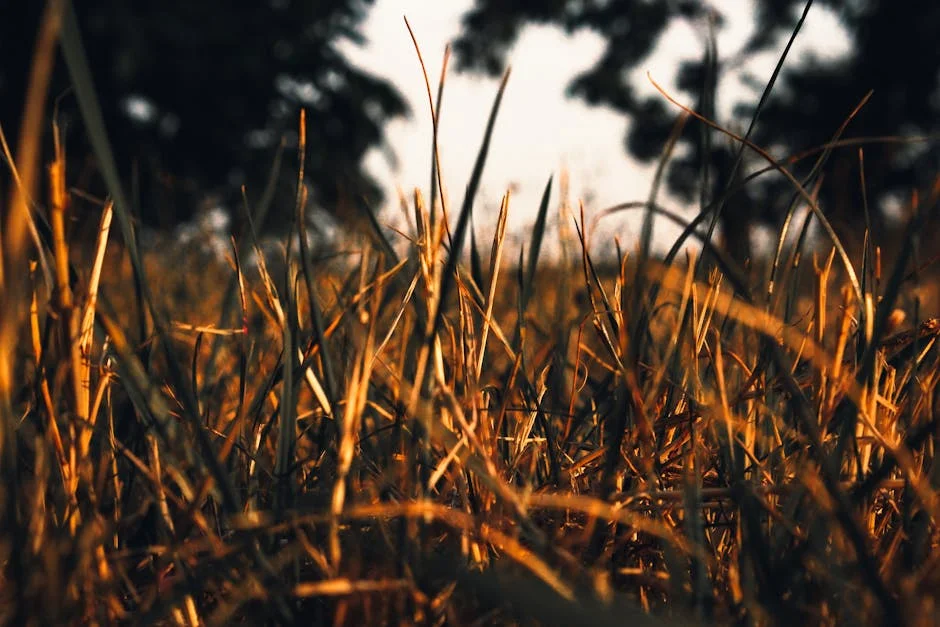
Plants show different signs when something’s wrong, whether inside your home or in the garden. You’ll want to carefully observe these symptoms, figure out the cause, and use the right tools for accurate diagnosis to save your plants.
Spotting Common Symptoms
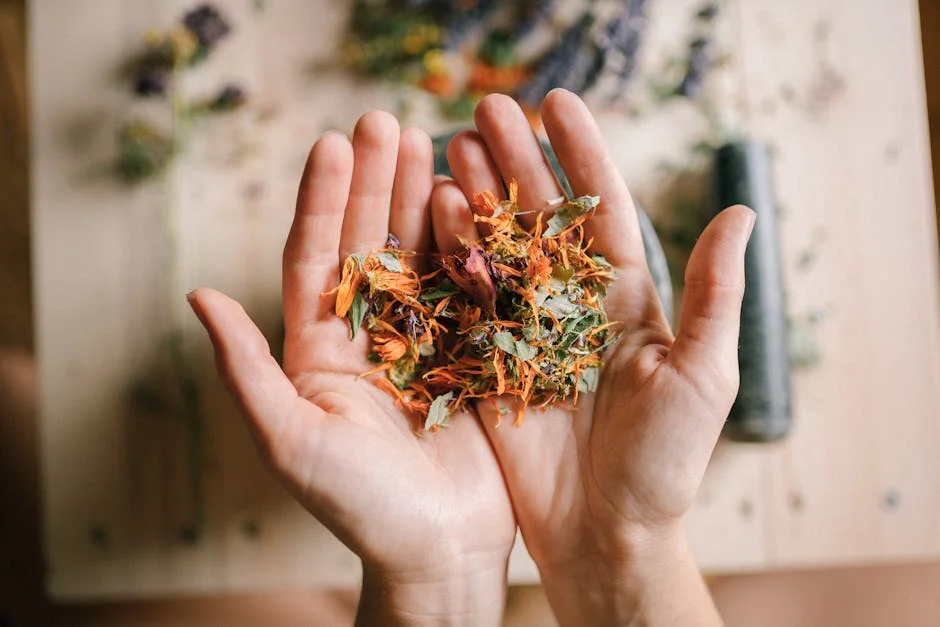
Look for changes in leaves, stems, and growth patterns first. Yellowing leaves can mean overwatering or nutrient issues. Brown tips often signal underwatering or low humidity indoors.
Wilting may occur from root damage or drought. Spots, holes, or webbing on leaves typically indicate pests or diseases.
Keep a close eye on new growth; weak or stunted growth points to nutrient deficiencies or environmental stress. Note if symptoms affect just one part or the entire plant—it helps narrow down the cause.
Differentiating Between Pests, Diseases, and Environmental Issues
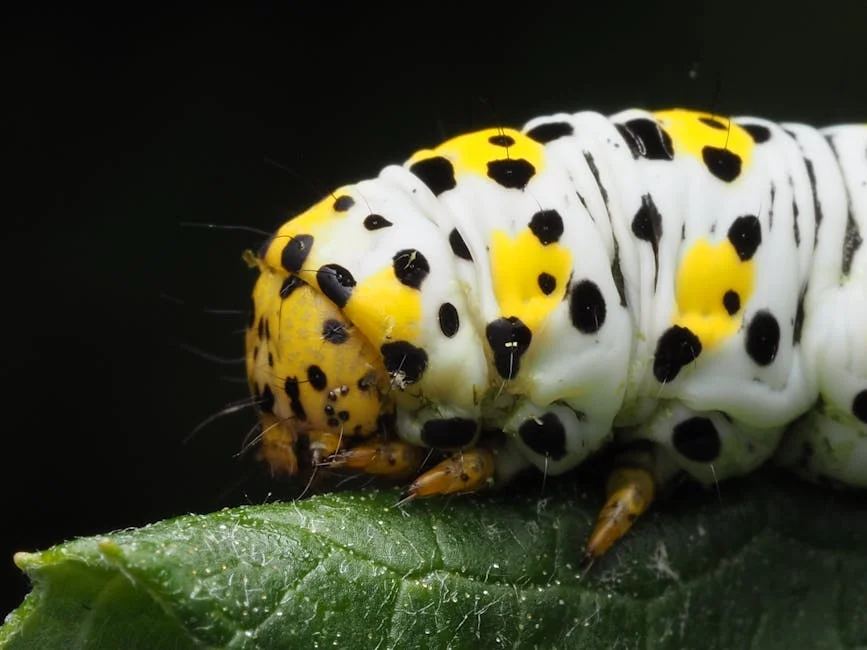
Pests are usually visible; check leaves and stems for insects like aphids, spider mites, or scale. Sticky residue or webbing often accompanies pest infestations.
Diseases show as discoloration, spots, or mold. Fungal infections may cause powdery coatings, while bacterial issues can create water-soaked lesions.
Environmental problems include temperature extremes, poor light, or improper watering. For example, sunburn causes bleached or scorched leaf spots, while root rot happens when soil stays too wet.
Use your observations to separate problems: visible bugs point to pests, odd patterns and texture changes lean toward disease, and uniform stress across plant parts often signals environment.
Using Diagnostic Tools
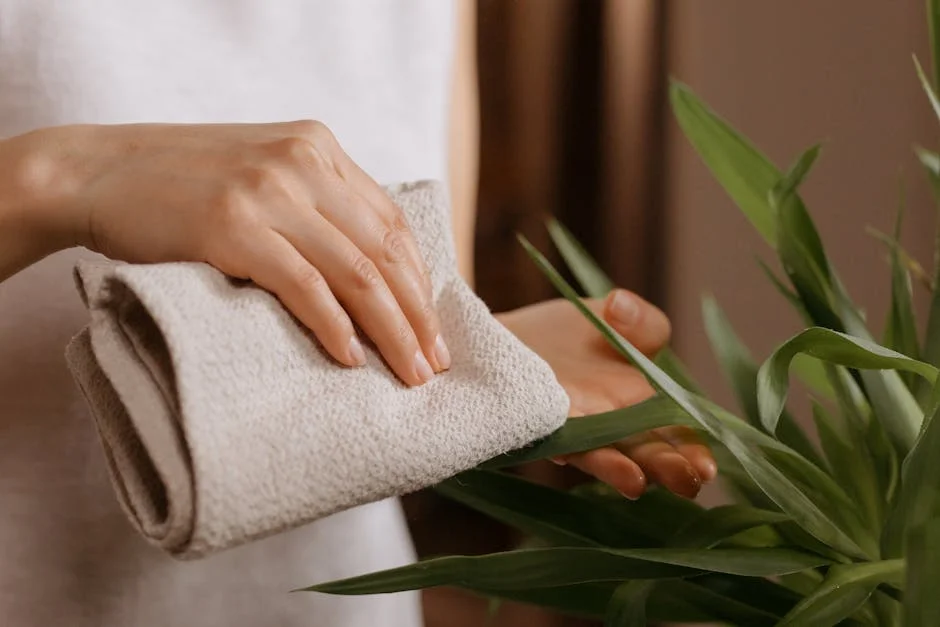
You can use simple tools to get clues on plant health. A magnifying glass helps spot tiny pests or fungal spores.
Moisture meters let you check soil dampness accurately, helping prevent over or underwatering.
pH test kits can reveal soil imbalances that affect nutrient uptake.
If roots look suspicious, gently remove the plant from its pot and check for rot—healthy roots are white and firm, while rotting roots are dark and mushy.
Take photos for comparison and to consult gardening forums or experts if you need help recognizing specific issues.
For a thorough guide on diagnosing indoor and outdoor plant problems, visit this houseplant troubleshooting resource.
Environmental Factors Affecting Plant Health

The success of your plants depends heavily on how well you control their environment. Light, water, humidity, and temperature all play key roles in keeping your plants healthy. Small adjustments in these areas can prevent many common problems.
Troubleshooting Light Issues
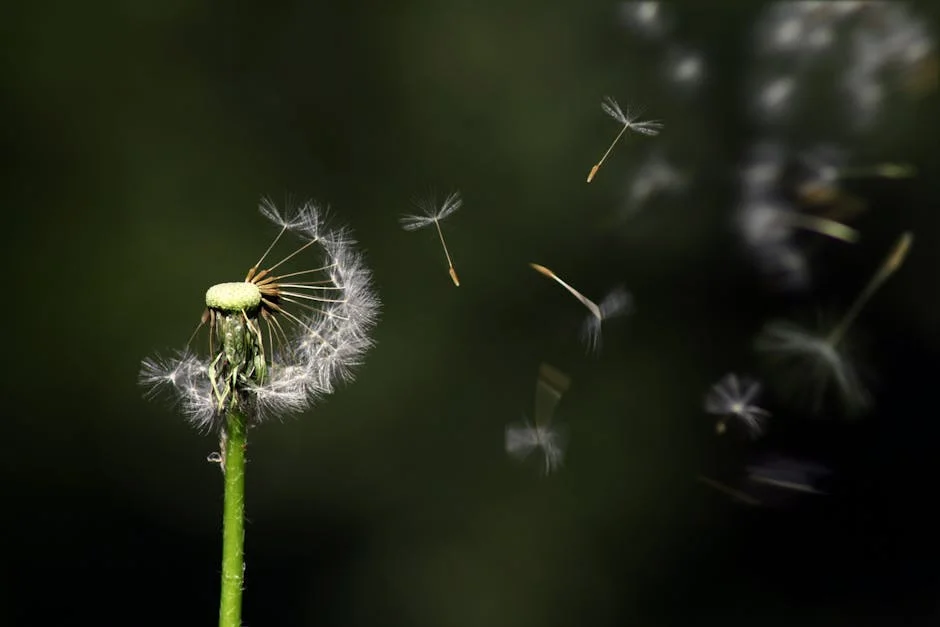
Plants need the right amount of light to thrive, but too much or too little can cause stress. If your leaves turn pale or yellow, your plant might be getting too much direct sunlight. Move it to a spot with filtered light or shade.
On the other hand, slow growth and leggy stems usually signal low light. Try placing your plant closer to a bright window or supplementing with grow lights if natural light is insufficient.
Remember, different plants have different light needs, so adjusting for each type is crucial. For example, succulents generally need bright, direct light, while ferns prefer indirect or low light conditions.
Managing Watering Problems

Both overwatering and underwatering can harm your plants. Root rot is a common issue if roots sit in waterlogged soil, so make sure your pot has drainage holes.
A good rule of thumb is to check soil moisture before watering. Stick your finger about an inch into the soil—if it feels dry, it’s time to water. If it’s still moist, wait a few more days.
Leaf wilting can indicate underwatering, but if the soil is soggy and leaves are yellow or wilting, overwatering is likely the cause. Adjust your watering schedule accordingly to prevent these problems.
Dealing With Humidity and Temperature Changes

Indoor plants often struggle with humidity levels that are too low. Dry air can cause leaf edges to brown and curl. Using a humidifier or grouping plants can help increase moisture in the air.
Temperature fluctuations also stress plants. Avoid placing them near drafts, heaters, or air conditioners, which can cause sudden warm or cold changes.
Most houseplants do well in temperatures between 65°F and 75°F (18°C to 24°C). Keeping a stable environment supports steady growth and reduces the chance of disease or pests. For detailed guidance on these issues, check this environmental problems of indoor plants.
Addressing Common Pests and Diseases

When plants show signs of damage or illness, it’s important to figure out exactly what’s causing the issue. You’ll need to recognize different pests and infections, then choose the right control methods. Both organic and chemical options are available depending on the severity.
Identifying Insect Pests
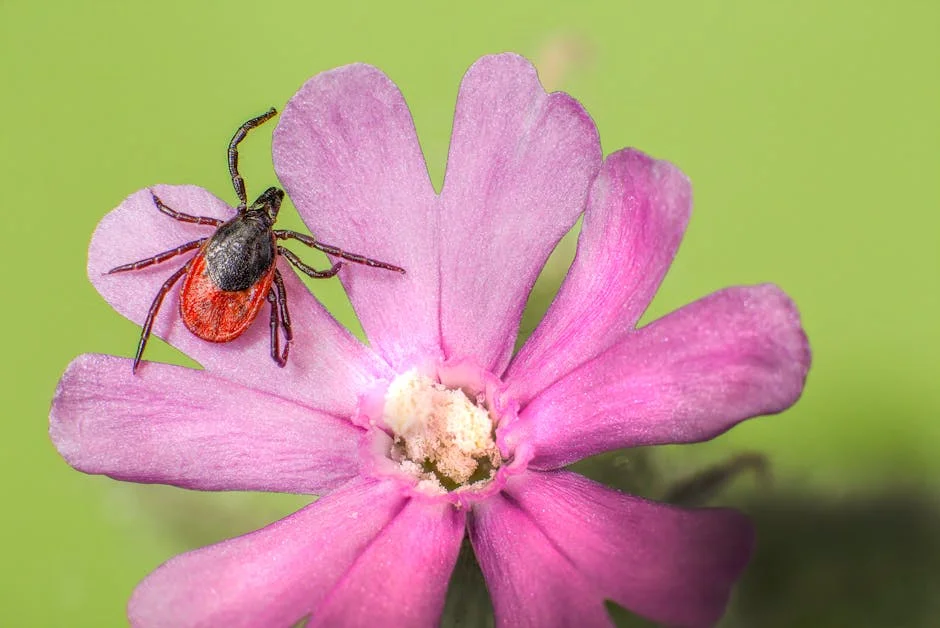
Look closely for visible pests like aphids, spider mites, or scale insects on leaves, stems, and soil. Signs include tiny dots, webbing, sticky residue, or holes in leaves. You can also shake the plant over a white paper to catch insects falling off.
Some pests prefer specific areas: spider mites often congregate under leaves, while scale insects attach firmly to stems. Early detection helps prevent spread. Isolating the affected plant stops pests from moving to others.
Managing Fungal and Bacterial Infections
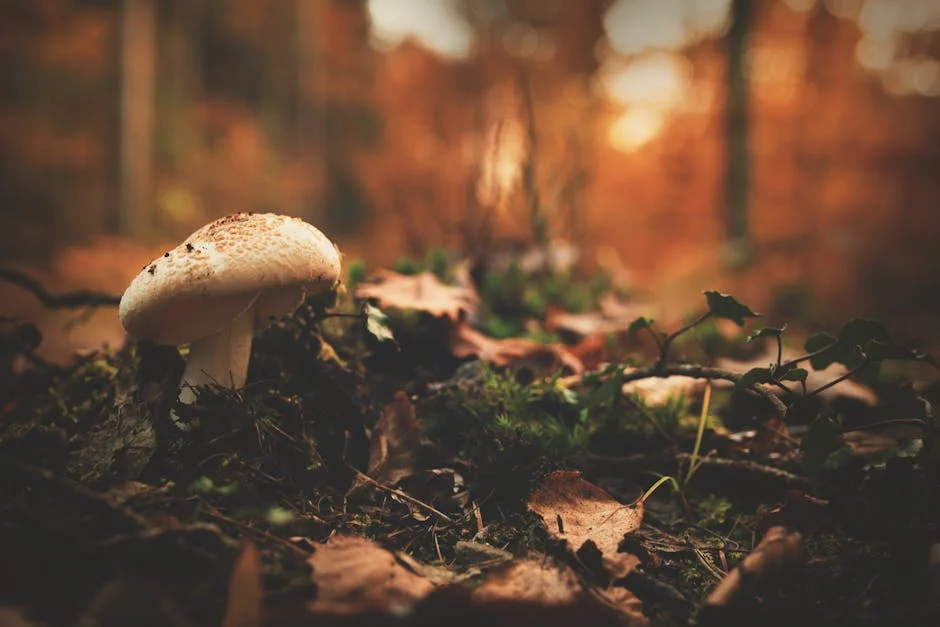
Fungal infections often appear as powdery or downy mildew, leaf spots, or mold growth. Bacterial infections might cause soft, mushy spots or yellow halos on leaves. Poor air circulation and excess moisture favor these diseases.
Prune and remove infected parts immediately to reduce spread. Avoid overhead watering to keep leaves dry, and improve airflow around plants. Quarantine new or sick plants to protect the rest of your collection.
Organic and Chemical Solutions
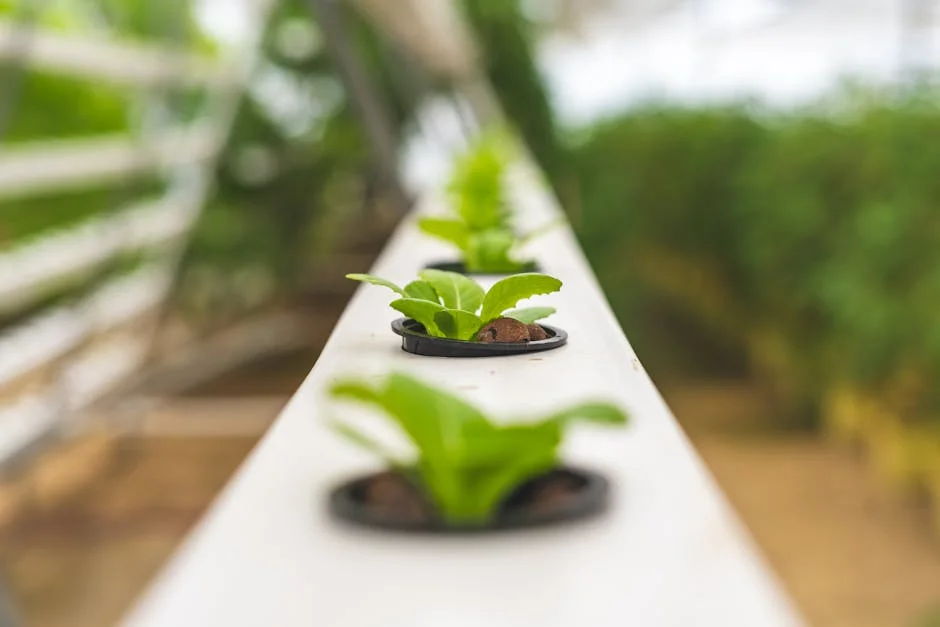
For light infestations, try physical removal like wiping or rinsing pests off your plants. Insecticidal soaps and horticultural oils can control many soft-bodied insects without harsh chemicals. Always follow the application instructions.
For stubborn pests or fungal problems, chemical treatments may be necessary. Choose products labeled for indoor use and apply carefully to avoid harm. Combining prevention with treatment helps keep your plants healthy in the long term.
For more tips, see guidance on pest control and disease management from Penn State Extension or UC IPM.
Nutrient Deficiencies and Soil Concerns

Your plants rely on a balanced mix of nutrients and the right soil conditions to stay healthy. If leaves turn yellow or growth slows, it might be due to specific nutrient shortages or improper soil pH. Adjusting these factors carefully helps your plants absorb what they need.
Recognizing Deficiency Symptoms
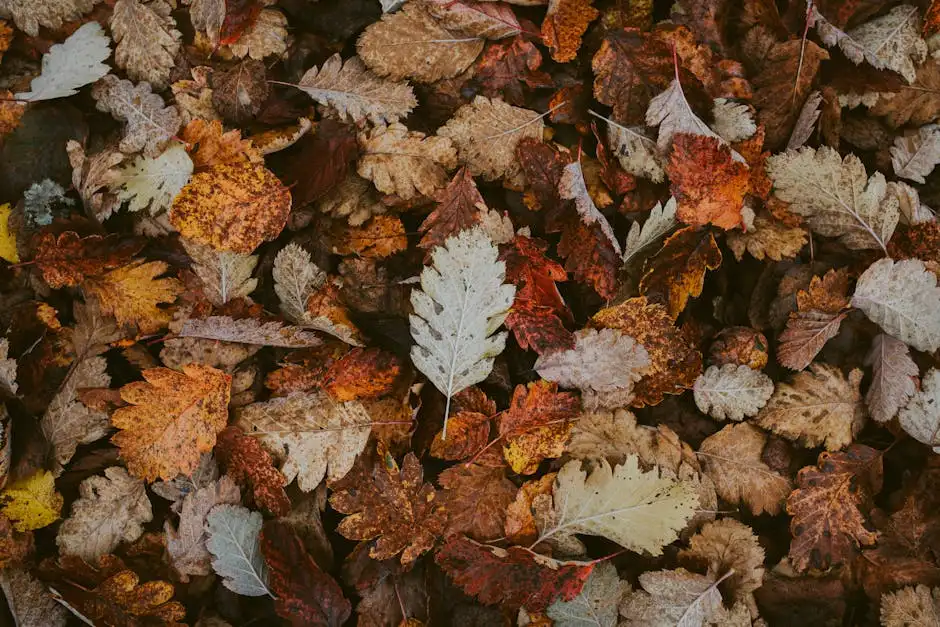
Yellowing leaves often signal a nutrient problem. For example, yellow between leaf veins can mean iron deficiency, while overall yellowing might indicate nitrogen shortage. Brown leaf tips often point to potassium issues. Stunted growth or poor flowering can also be warning signs.
Keep an eye on leaf color changes, leaf drop, and slowed growth. These clues will help you pinpoint which nutrient is lacking. You can compare symptoms with common deficiencies to decide if your plant needs more nitrogen, phosphorus, potassium, or trace elements.
Correcting Soil pH Imbalances
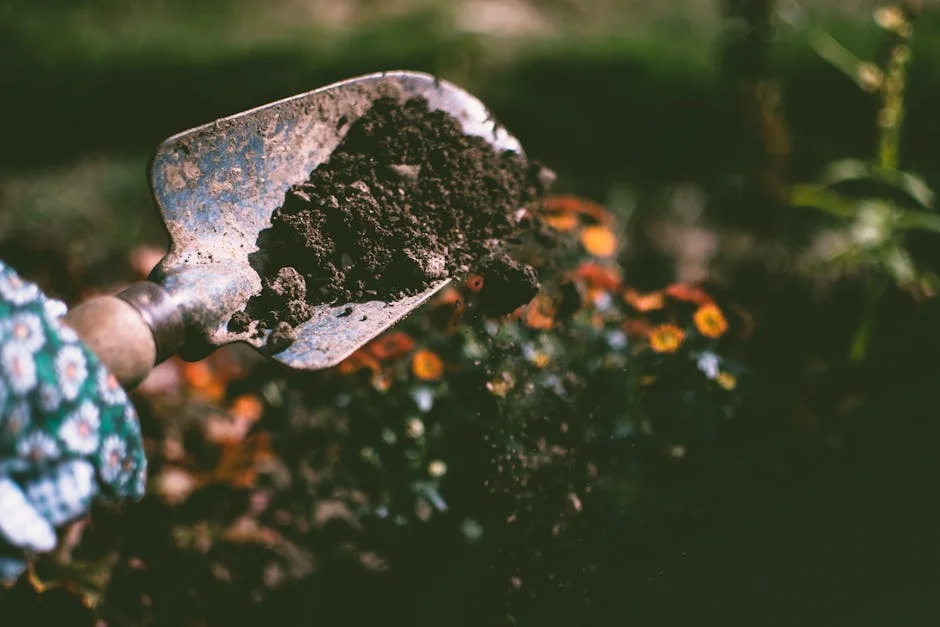
Soil pH affects how well your plants absorb nutrients. Most houseplants prefer a pH between 6.0 and 7.0, but some, like azaleas or blueberries, like it more acidic.
If pH is too low (acidic), certain nutrients become less available. If it’s too high (alkaline), other nutrients lock up. Testing your soil or potting mix with a pH meter or test kit is the first step.
To adjust pH:
- Add lime to raise pH (reduce acidity).
- Add sulfur or peat moss to lower pH (increase acidity).
Adjust gradually and retest after a few weeks to avoid shocking your plants.
Choosing the Right Fertilizer
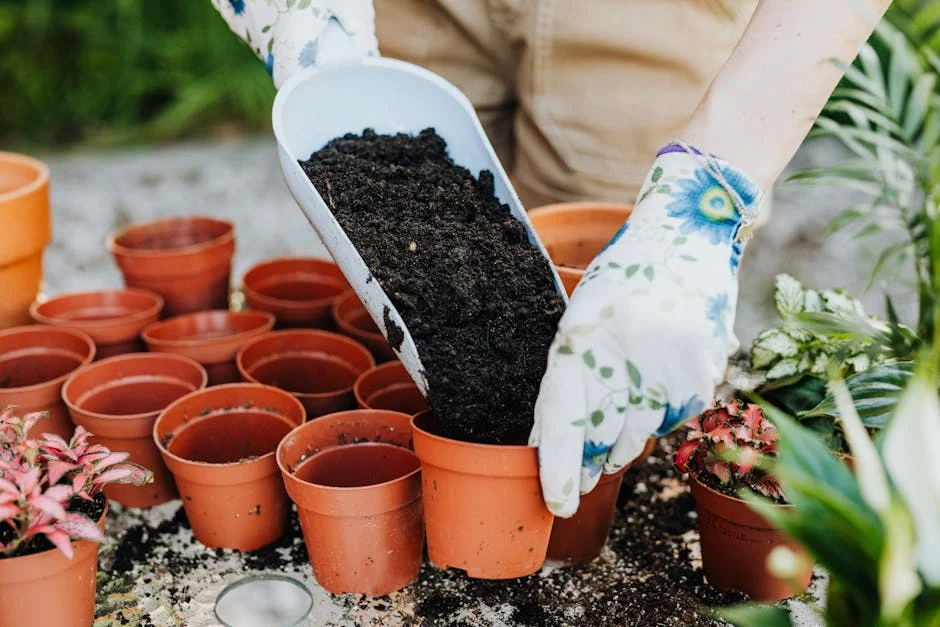
Select fertilizers based on your plant’s specific nutrient needs. A balanced fertilizer has equal parts nitrogen (N), phosphorus (P), and potassium (K), often labeled as N-P-K ratios like 10-10-10.
For leafy plants, focus on fertilizers higher in nitrogen to fuel foliage growth. For flowering or fruiting plants, higher phosphorus supports blooms and fruits.
Apply fertilizer following package instructions carefully to avoid overfeeding, which can cause salt build-up and damage roots. Regular flushing of pots with water can prevent salt accumulation and keep nutrients accessible for your plants. For details on avoiding salt build-up, check this guide from the Missouri Botanical Garden.
Long-Term Prevention and Maintenance Tips
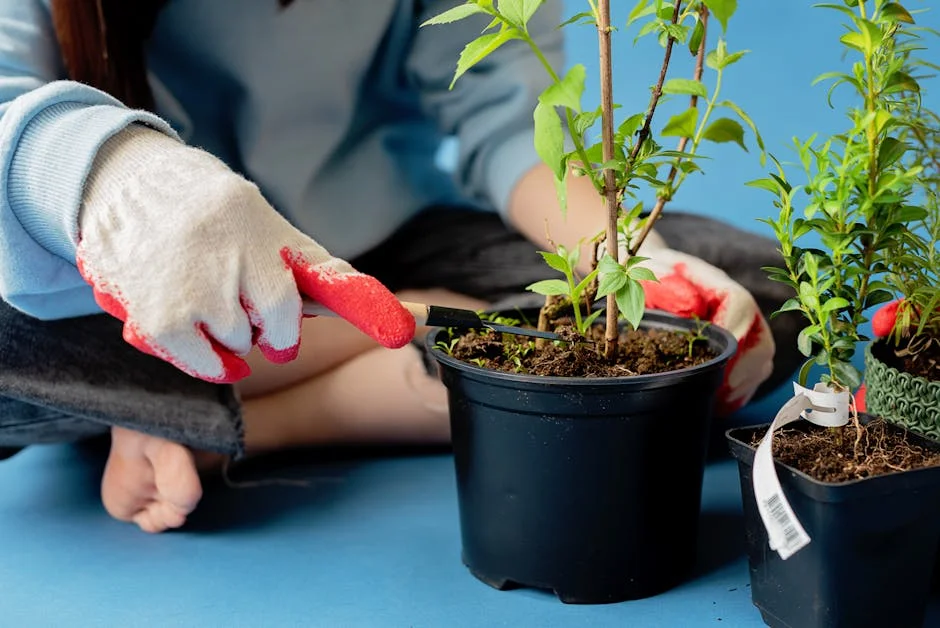
Taking consistent steps helps keep your plants healthy and reduces the chance of common problems. Setting up care routines and proper pruning practices are vital parts of ongoing plant care.
Establishing Regular Care Routines

Create a schedule for watering, feeding, and inspecting your plants. For watering, check soil moisture before adding water. Overwatering can harm roots, while underwatering causes wilting.
Fertilize during the growing season with balanced, appropriate nutrients. Avoid over-fertilizing, which can lead to fertilizer burn and leaf damage.
Regularly inspect plants for pests and diseases. Early detection means easier treatment. Keep a journal or notes about each plant’s needs and changes, helping you catch issues faster.
Also, adjust care based on the season. Some plants need less water or nutrients during dormancy. Consistency combined with observation helps you spot and prevent problems early.
Promoting Healthy Growth Through Pruning
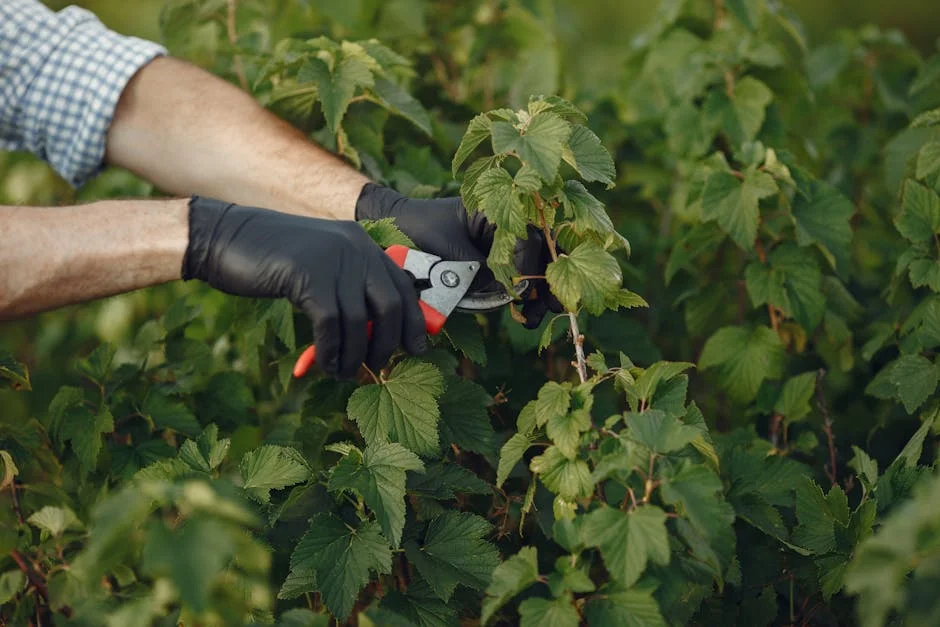
Pruning encourages strong, healthy growth by removing dead, damaged, or diseased parts. Use clean, sharp tools to make cuts close to the main stem without damaging healthy tissue.
Remove yellowing leaves or branches that block light and air circulation. This reduces the risk of fungal infections and pest buildup. Prune leggy stems to stimulate fuller growth.
For flowering plants, trimming spent blooms redirects energy to new growth. Regular pruning also shapes your plant to maintain its size and encourage better airflow.
Monitor your plant’s response after pruning. Different species may require specific timing or techniques, so adjust your routine accordingly to promote long-lasting health.
